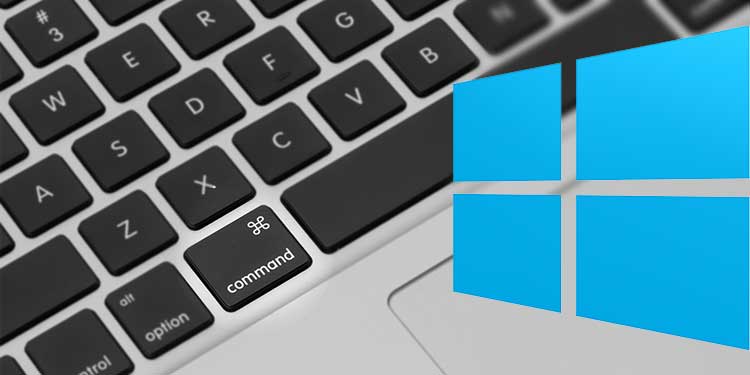Pixel 2 and Pixel 2 XL owners who have installed Xposed Framework should know about GravityBox. This is one of, if not the, most popular Xposed Modules and today I want to show you how to install GravityBox on the Pixel 2 while also giving a quick overview of its features.
Android Oreo has received a lot of community development support over the last few months and while some things are still in beta as of writing this (such as Xposed Framework), things are getting to the point where we can use some of the biggest and most popular Android customizations on our 8.0 and 8.1 Oreo devices.
If you’ve ever heard of Xposed Framework then you’ve likely heard of GravityBox as well. It’s an incredibly popular Xposed Module that comes with tons of customization options.
As people began shifting away from custom ROMs due to the various sacrifices that are made (image quality is an example here), we saw more and more people using GravityBox with Xposed Framework. GravityBox is a collection of features that we generally see added to custom ROMs. For example, I’ve only been able to use the circle battery indicator with the percentage number in the middle of it with a custom ROM, but this is a feature I can enable with GravityBox.
The list goes on and on here and while I’ll be covering some of the more popular modifications in future tutorials, I just wanted to lay out a quick guide on how to install GravityBox on the Pixel 2 and the Pixel 2 XL. I do need to say that as of writing this both Xposed Framework and GravityBox are both in beta so there are bugs to be expected. I’ll be discussing a couple of the bugs I came across in the explanation section below.
Pixel 2 Install GravityBox
- Open the Xposed Installer application
- Tap the Hamburger menu icon at the top left
- Tap the Settings option
- Tap the Versions to be Shown option
- Choose to show Beta versions of Xposed Modules here
- Tap the Back arrow icon at the top left
- Ta the Hamburger menu icon at the top left again
- Tap the Download option
- Search for the term “gravity” (without quotes)
- Scroll down and tap on the GravityBox [O] module
- Tap the Versions tab
- Tap the Download button for the version you want to install
- Grant access to let Xposed Framework sideload apps (if prompted)
- Install the GravityBox application after it downloads
- Go back to the Xposed Framework main screen
- Tap the Hamburger menu icon at the top left again
- Tap the Modules option
- Tap the check box to the right of the GravityBox module to enable
- Reboot the Pixel 2
Explanation
Now, before we dive into this guide I want to get some things out of the way. First of all, you can skip steps 2 through 6 when GravityBox comes out of beta and is available as stable. Just like with Xposed Framework being in beta right now (as of writing this), GravityBox is too so there are some bugs to be expected. The first bug I experienced was after step 19 when it seemed my Pixel 2 XL had gone into a bootloop. To fix it, I just held the Power button down until the phone turned off and I could reboot it.
During the second boot up attempt it didn’t take very long at all and GravityBox was installed properly. You may or may not experience this but it’s something I wanted to throw out there. I also noticed a force close when I first booted back into Android (as shown in the video), and I saw another force close when I attempted to capture a screenshot for this tutorial. I haven’t seen a force close since then, and I was able to capture a screenshot on the second attempt. But again, this is just something I want to throw out there because these apps are in beta.

Now, getting to the meat of the tutorial you will be familiar with this if you have installed Magisk Modules in the past. We want to go into the Download section of Xposed Framework and then do a search for Gravity. After scrolling down a bit you’ll see a number of GravityBox Xposed Modules with a new one being released for each version of Android. Ignore them all and just tap on the one labeled GravityBox [O] for Oreo (or install P if you’re on Android 9.0).
From here, tap the Versions tab and then tap the Install button for the version you want to install (which usually is the latest version). If this is your first time installing an Xposed Module then you’ll be prompted to grant Xposed Installer the ability to sideload applications. Grant this access and go back so that you can install the GravityBox application. From here we want to go into the Modules section of the Xposed Framework application.
You should see the GravityBox module listed here and an empty checkbox next to it. Tap the checkbox to enable the module and then reboot the Pixel 2 or Pixel 2 XL. This first boot cycle shouldn’t take that long, but it will be longer than normal. If you run into the issue I have (waiting 5 minutes and still not booting into Android) then force a restart and it should go faster. Once you are back into Android though you should see a GravityBox application icon in the App Drawer and from here you can start experimenting with some features.




